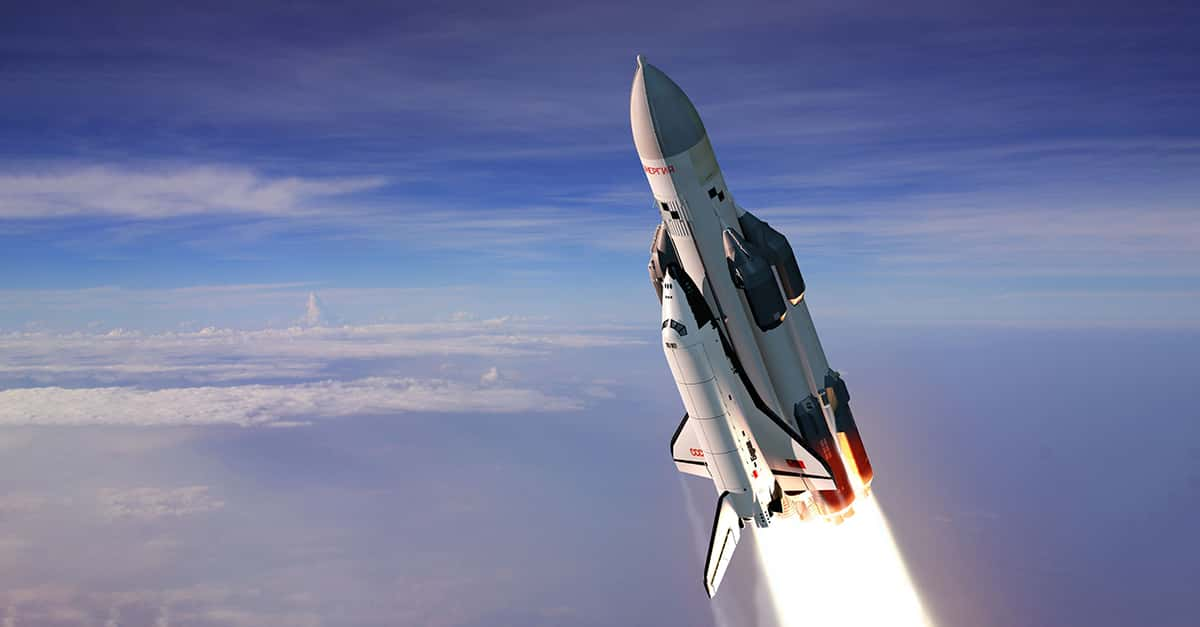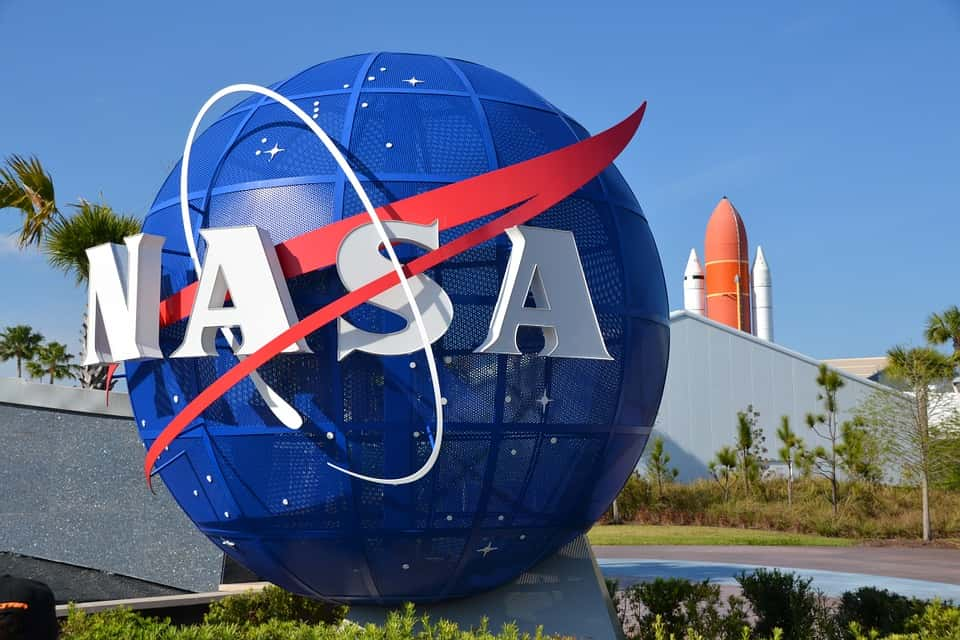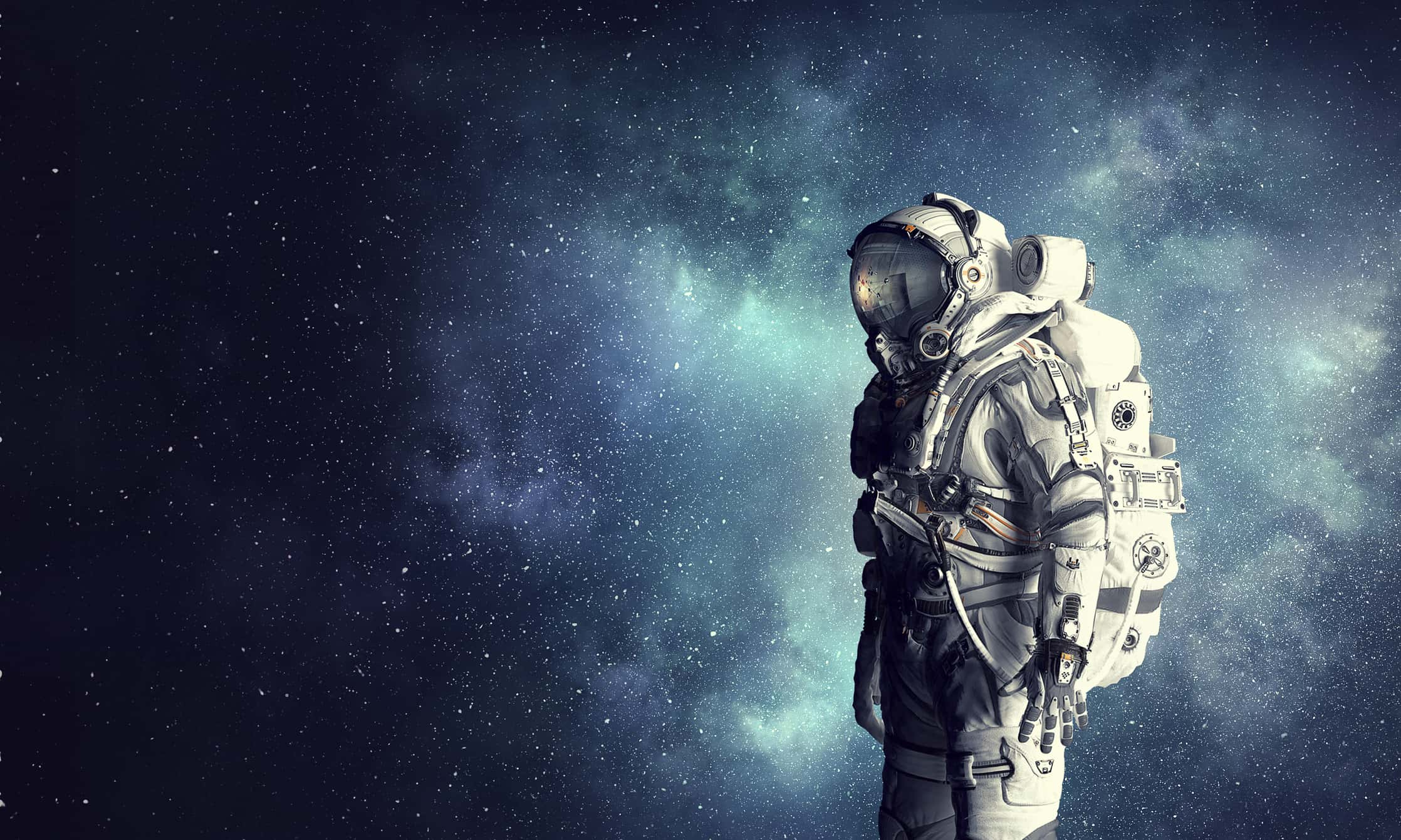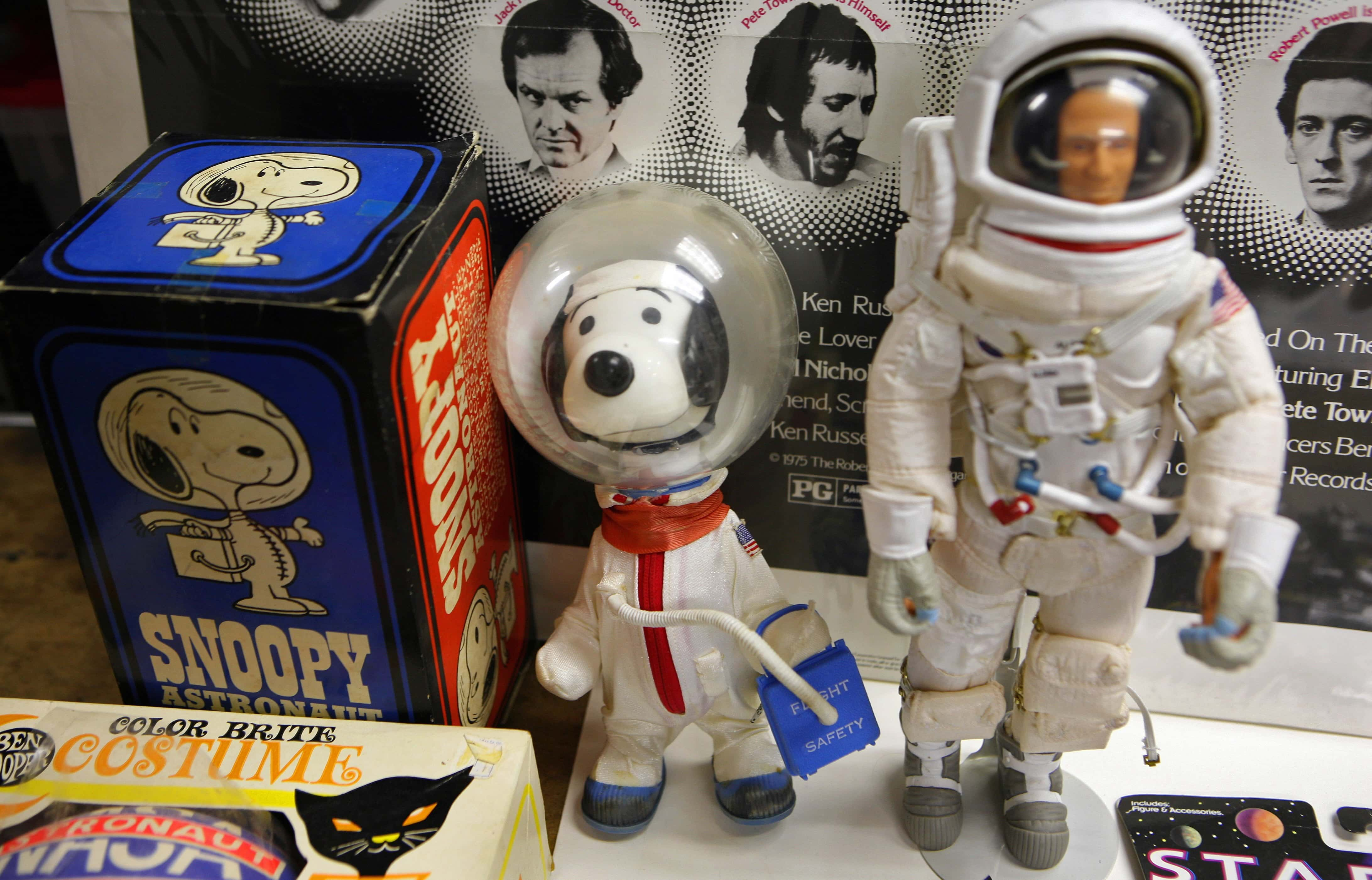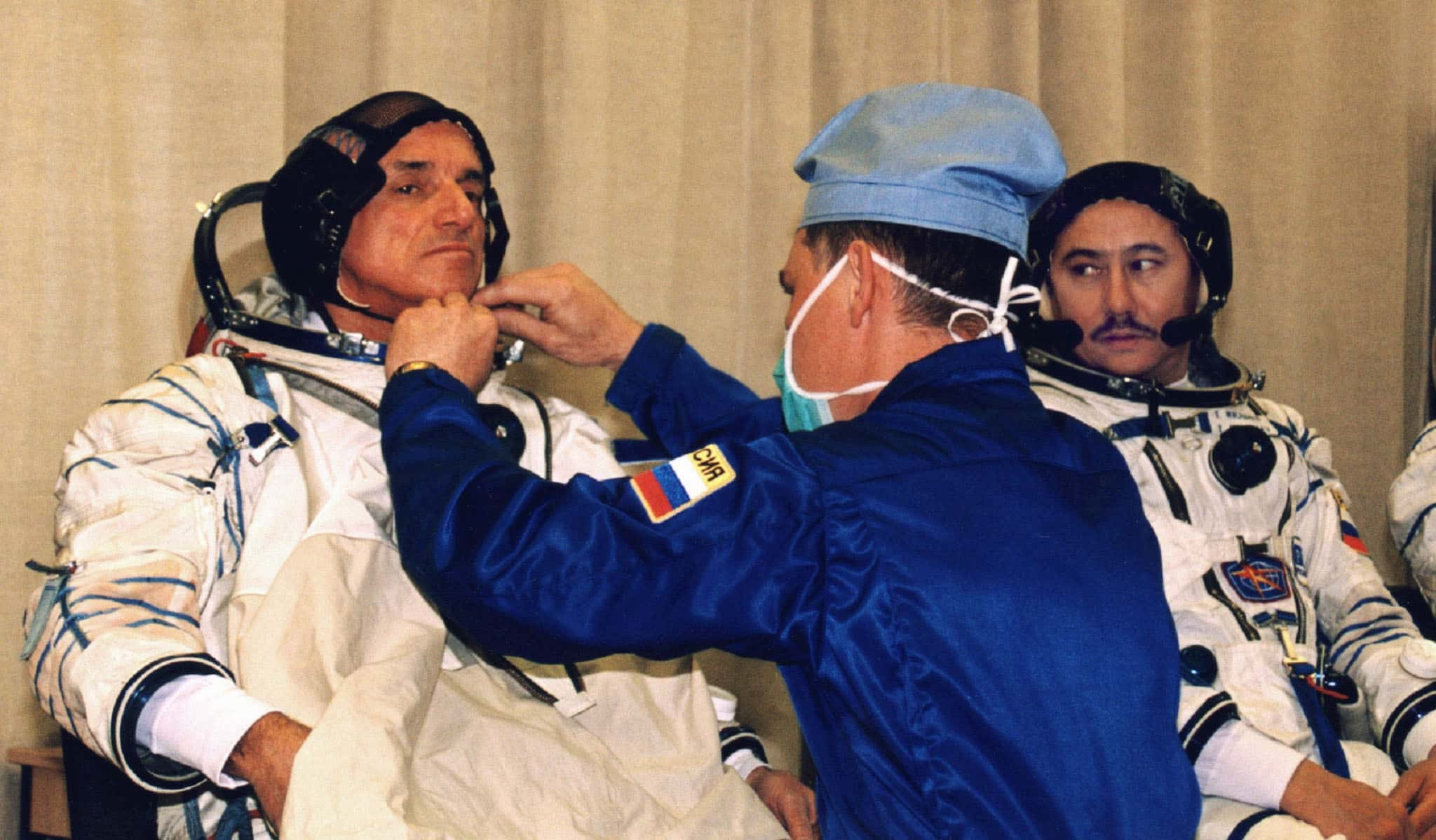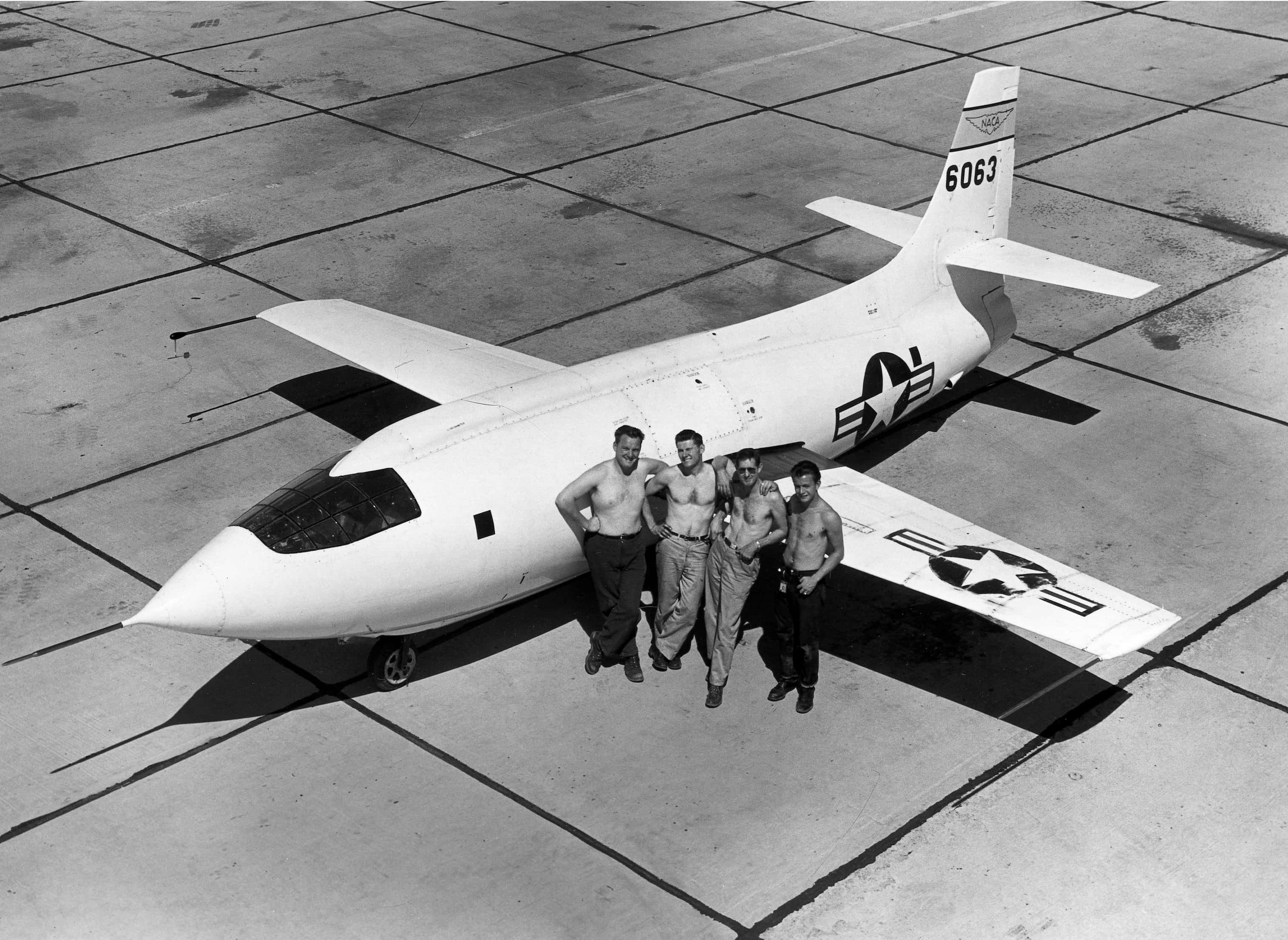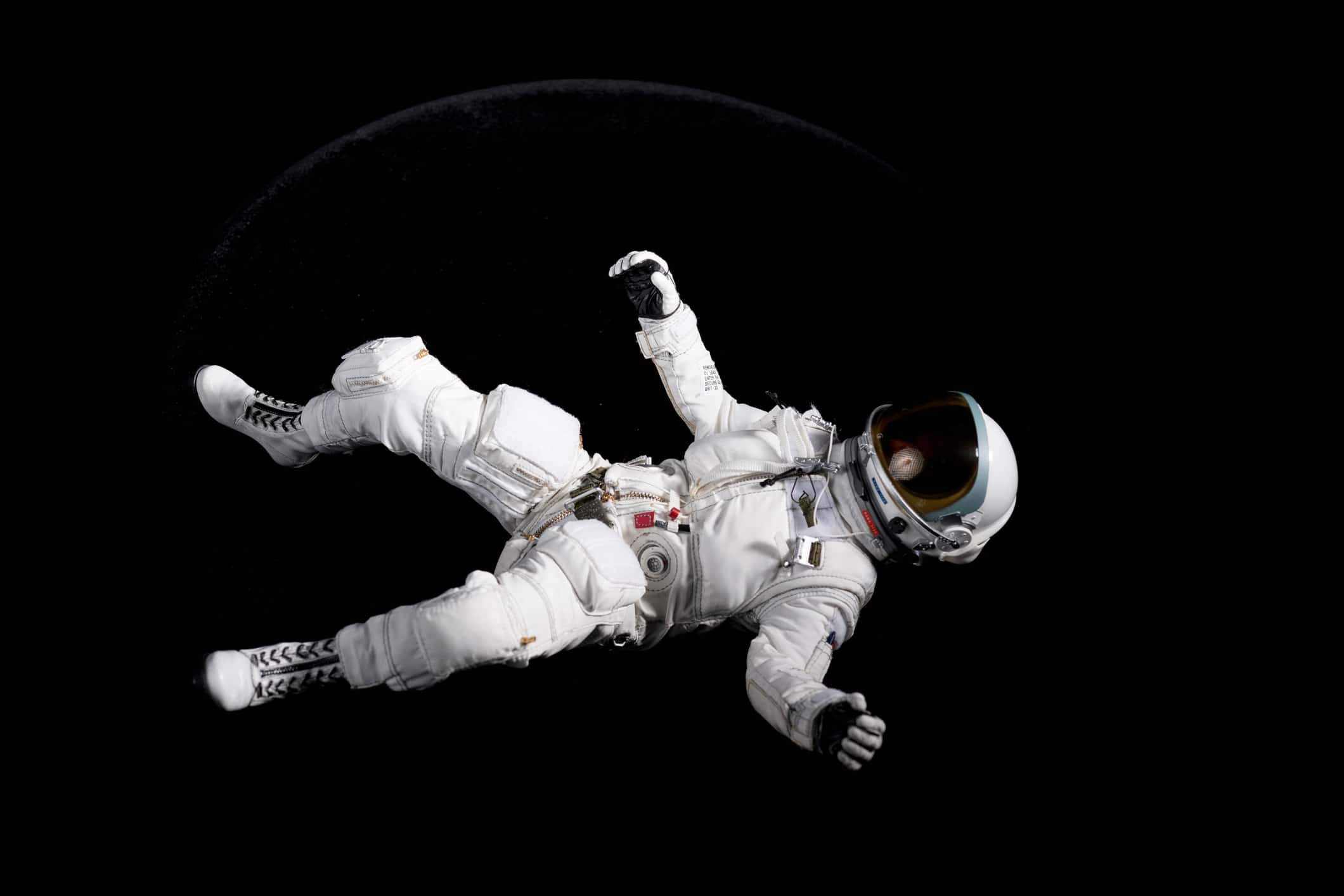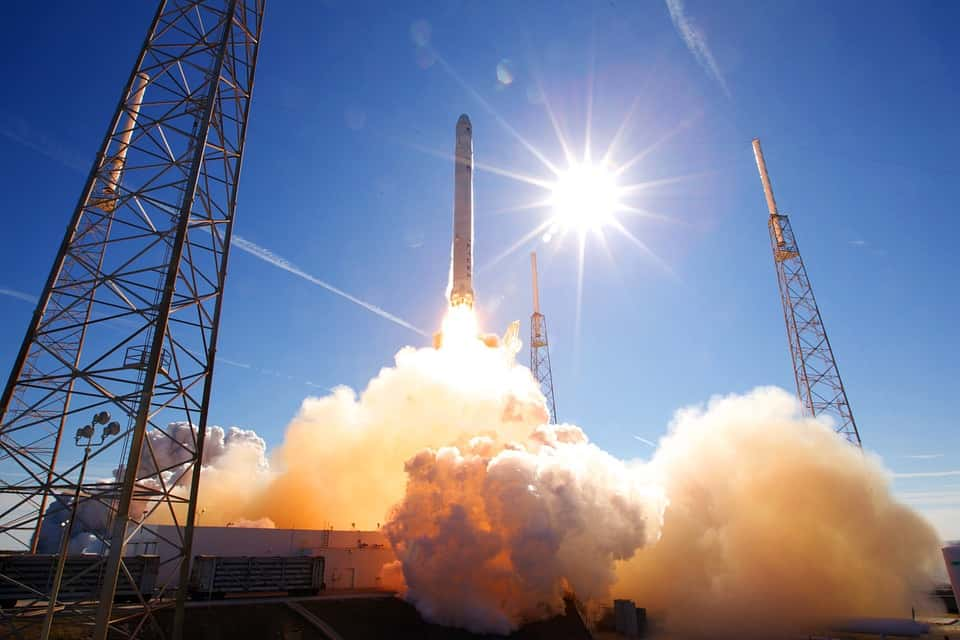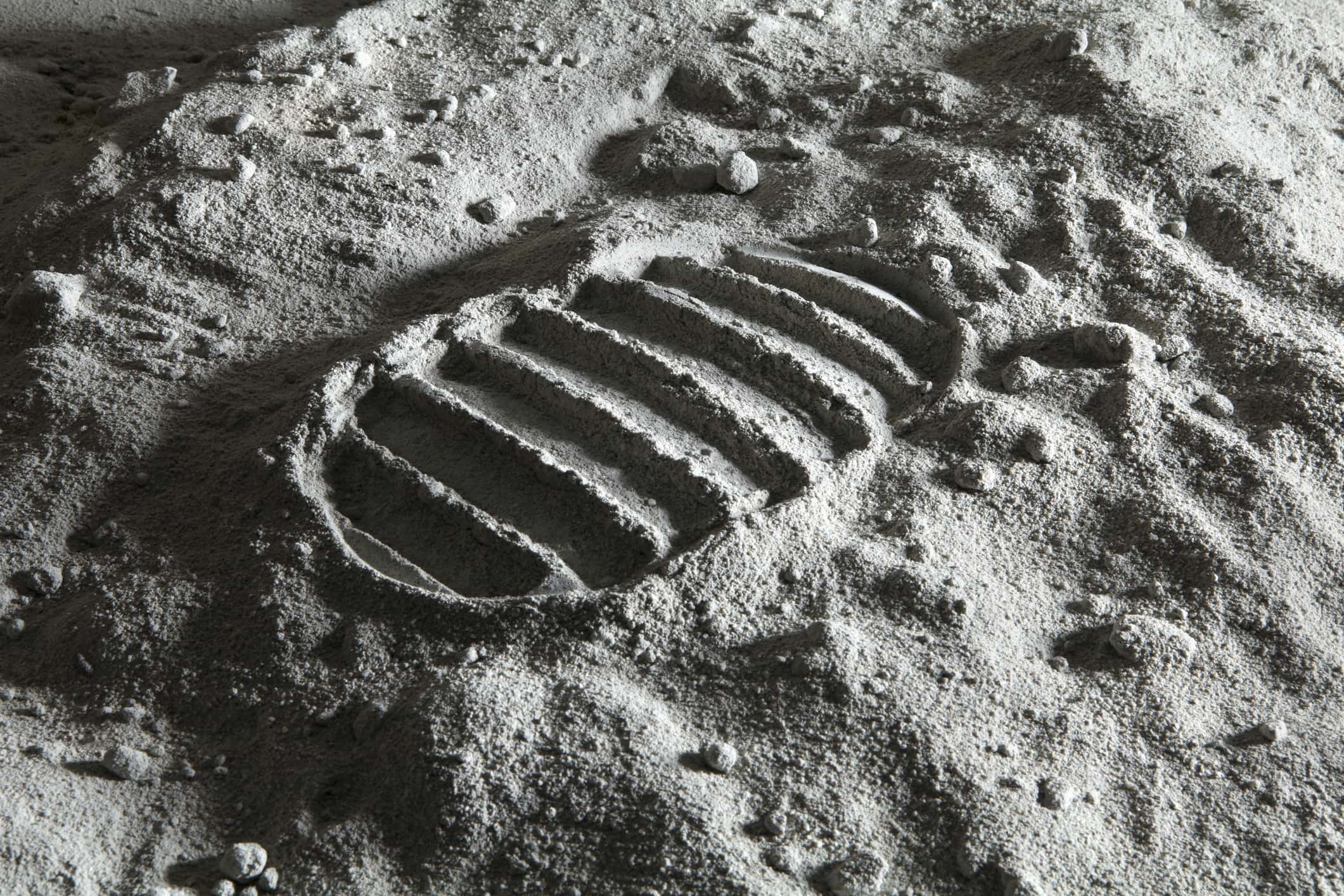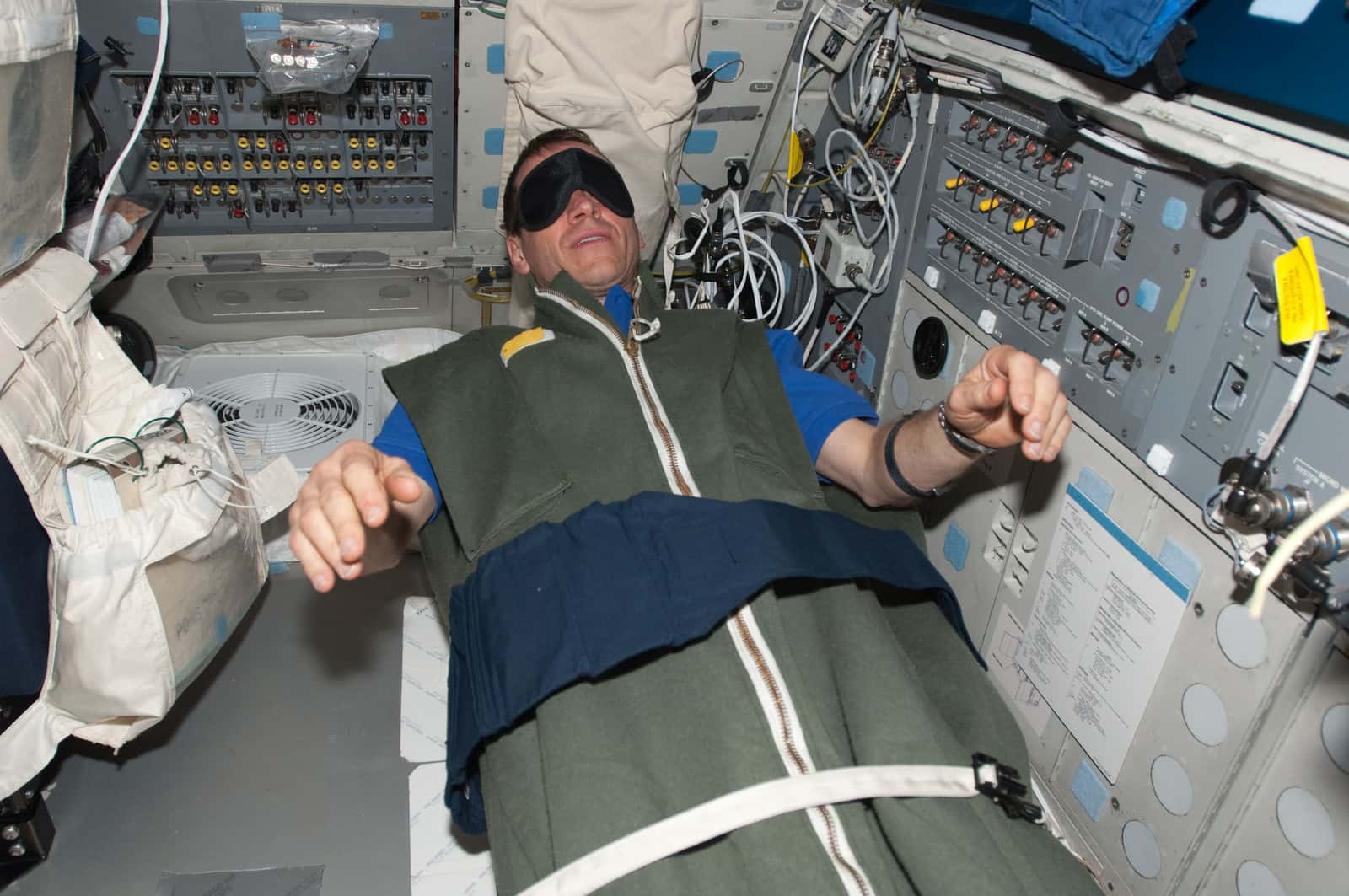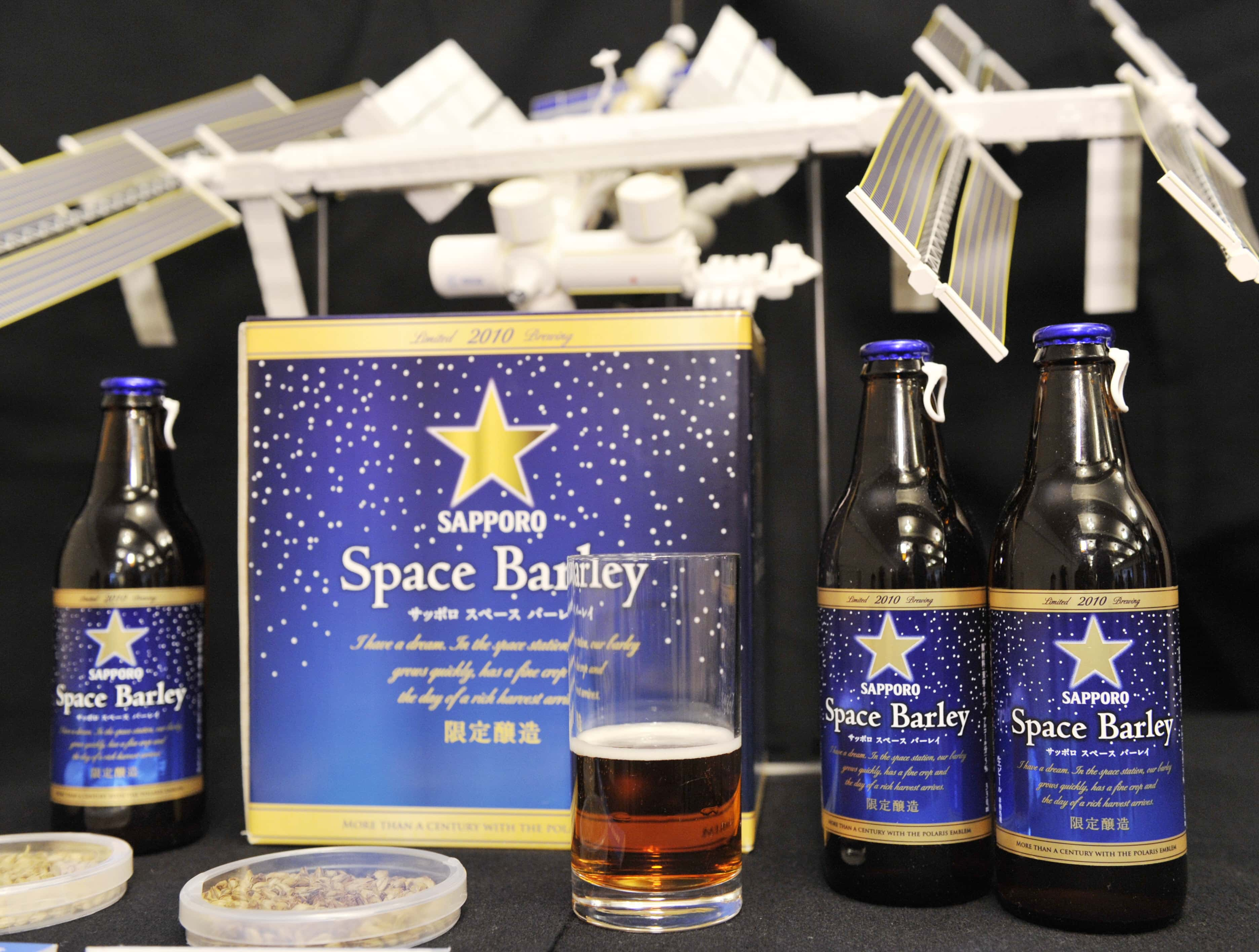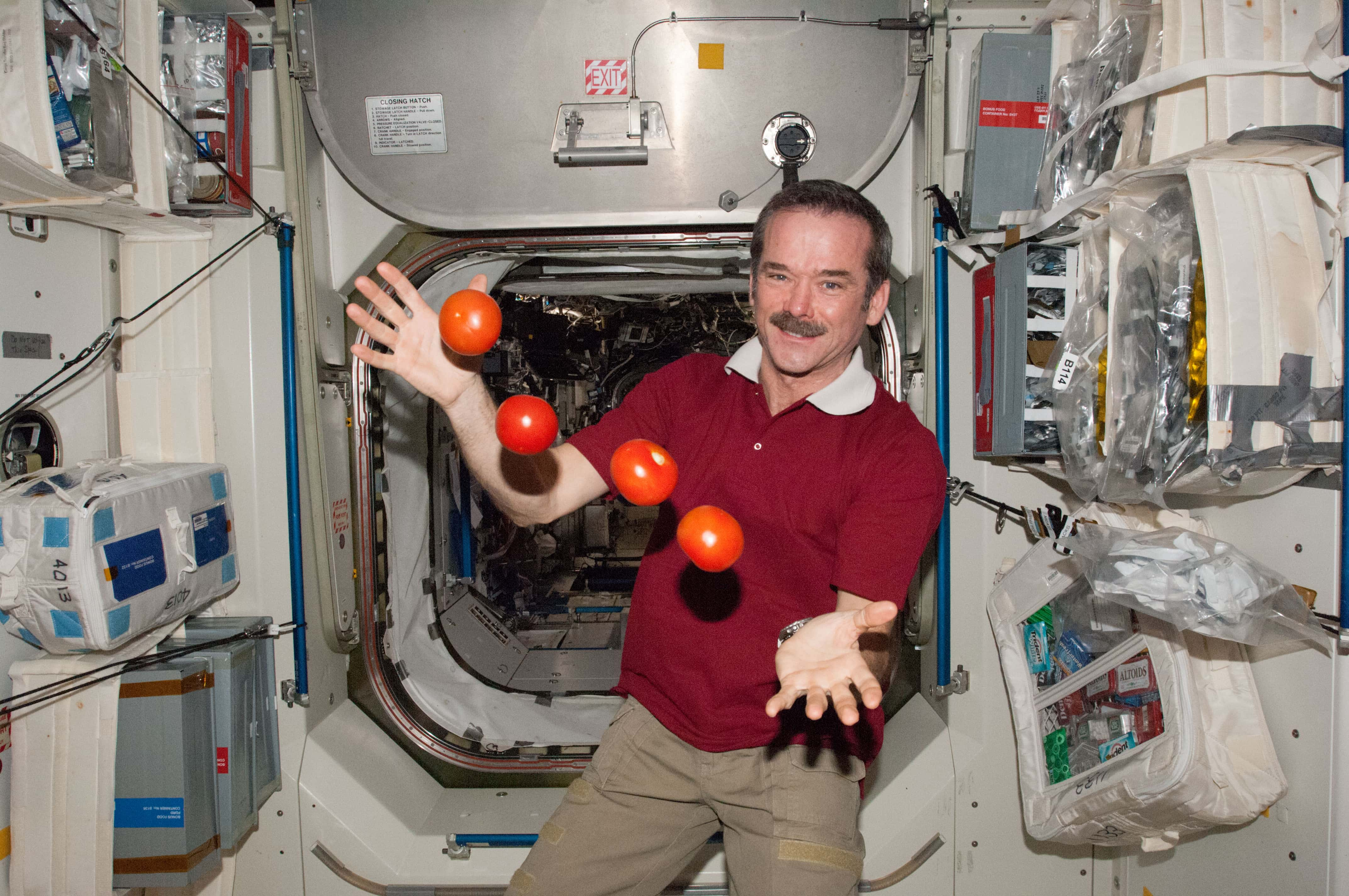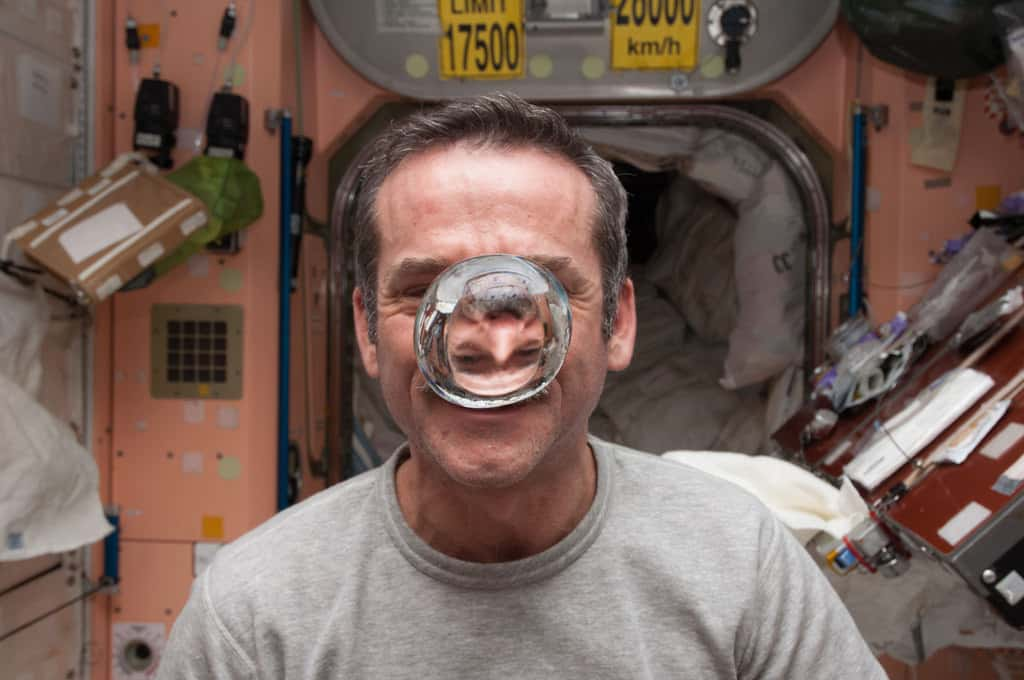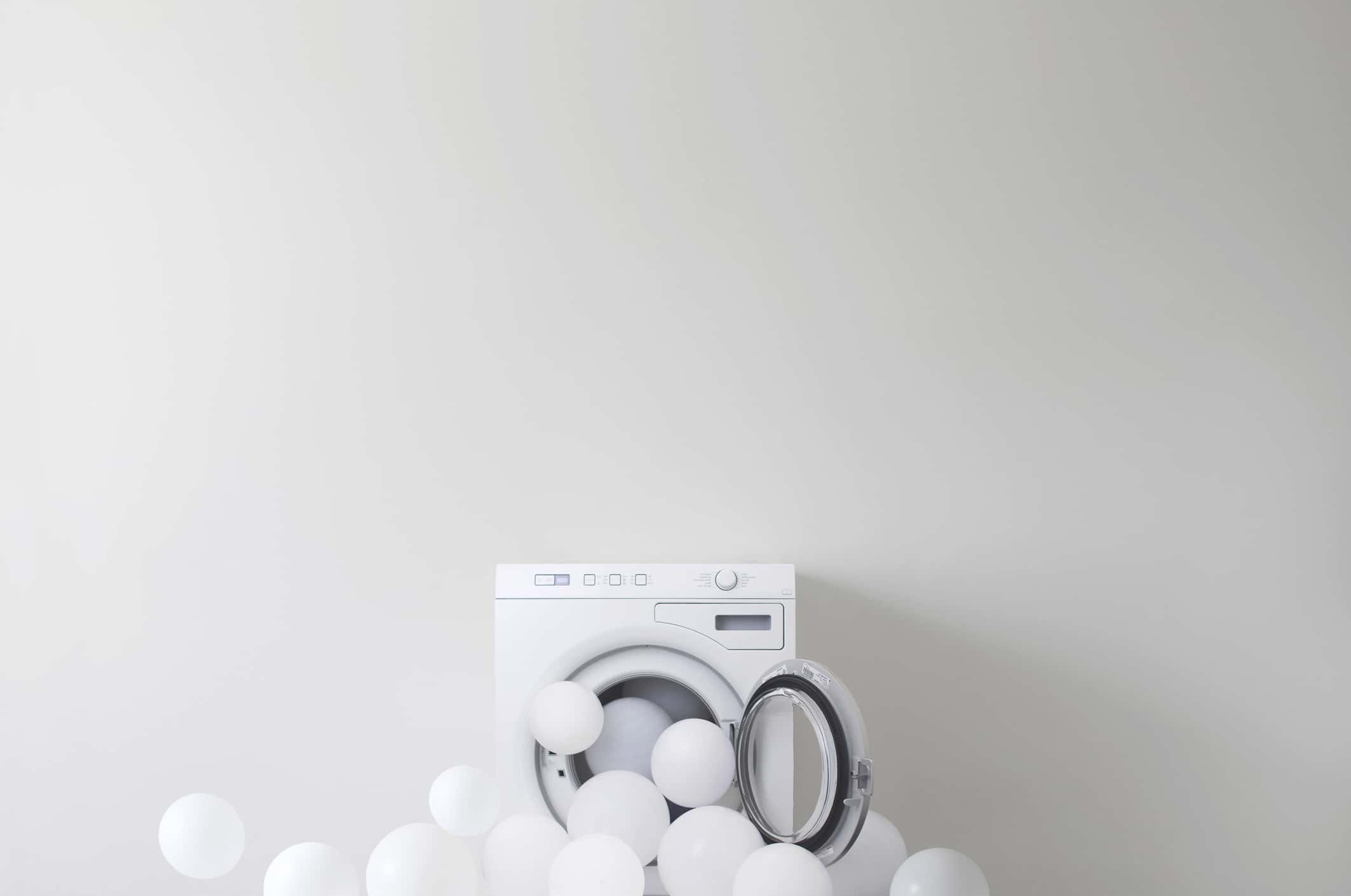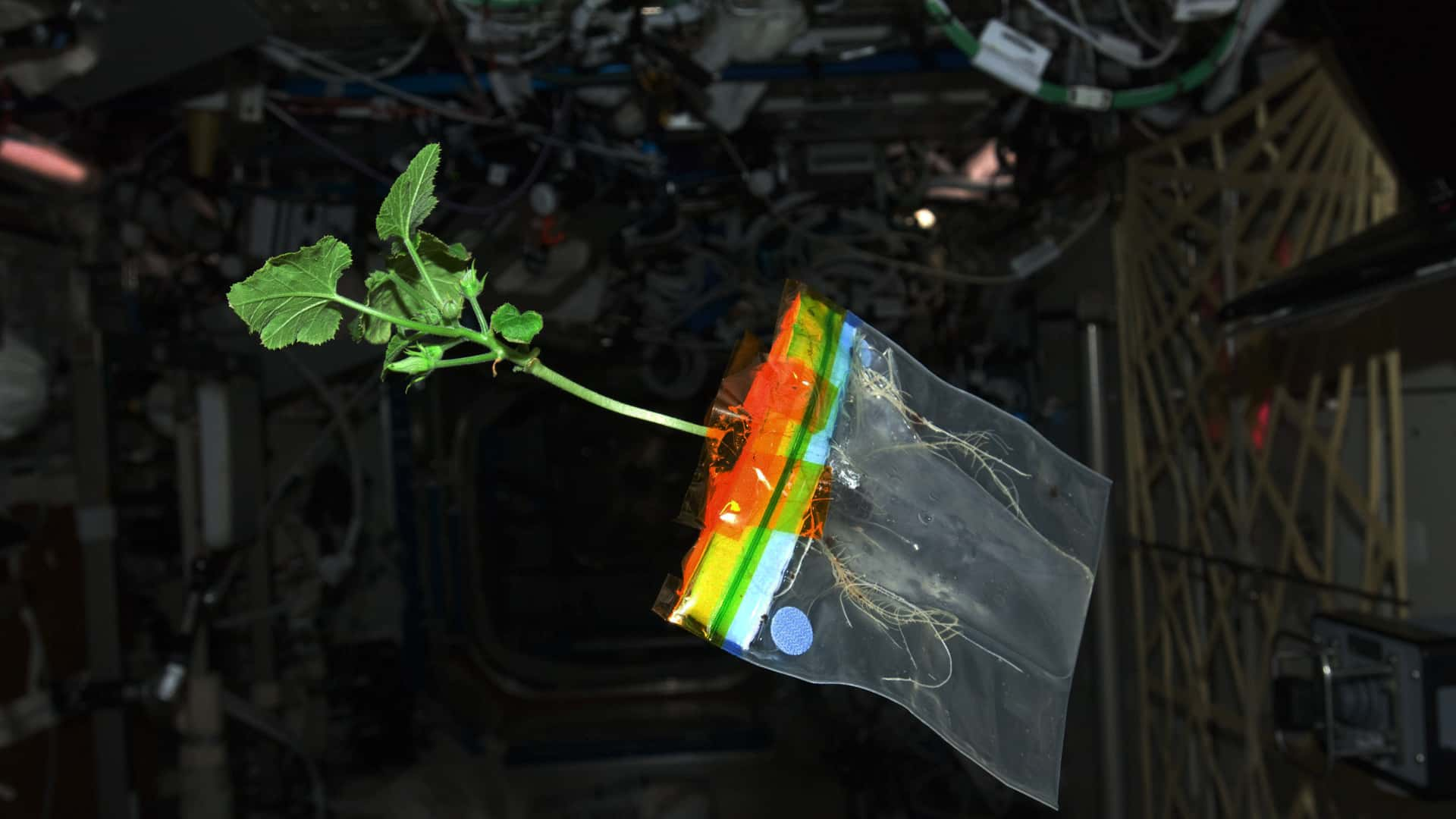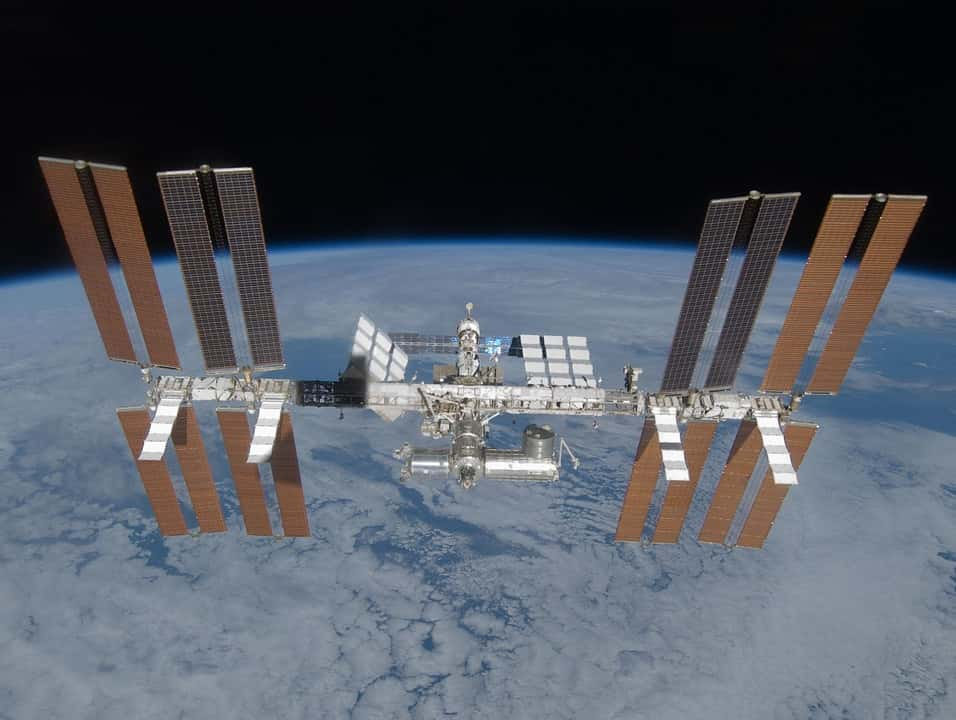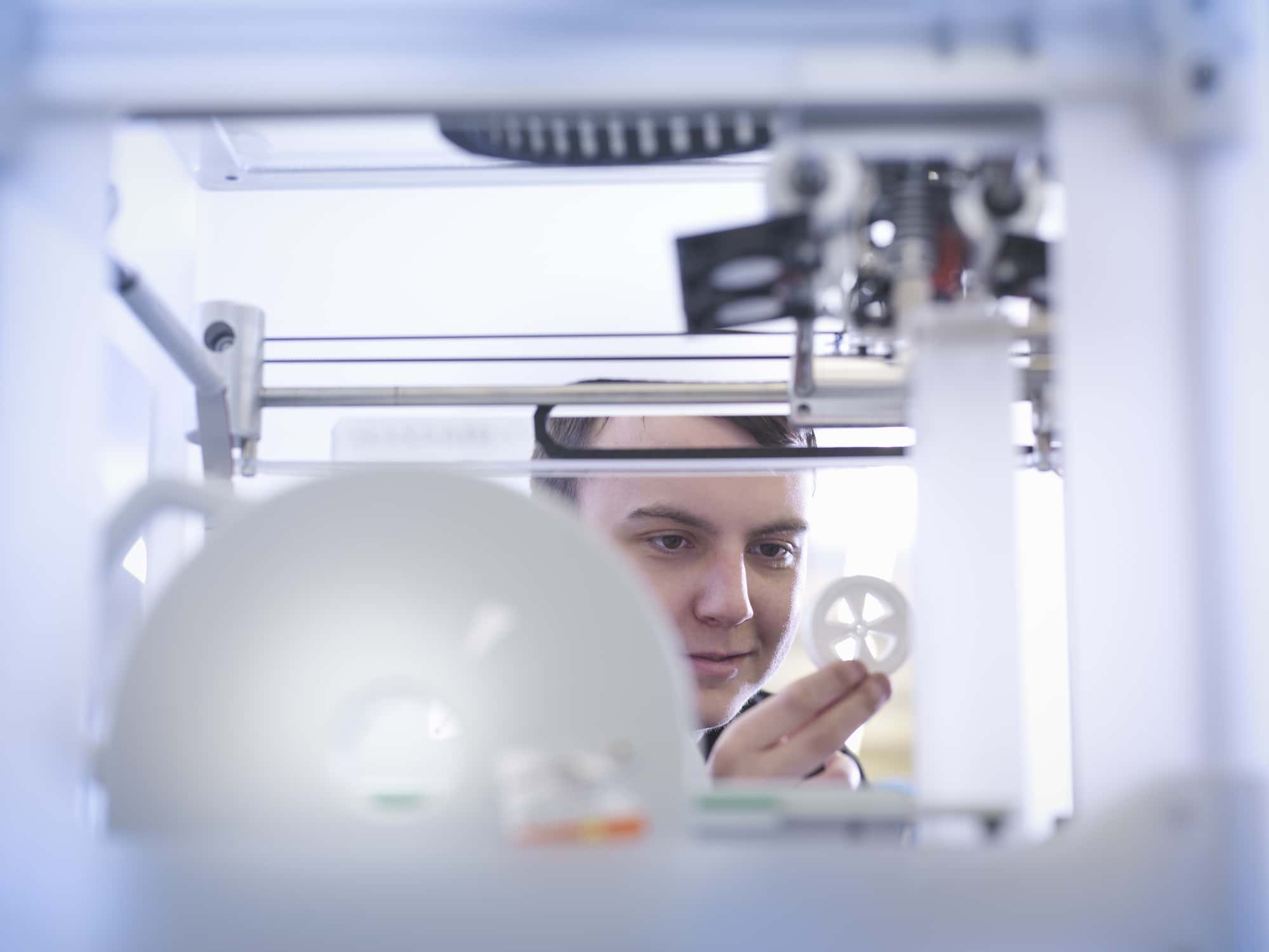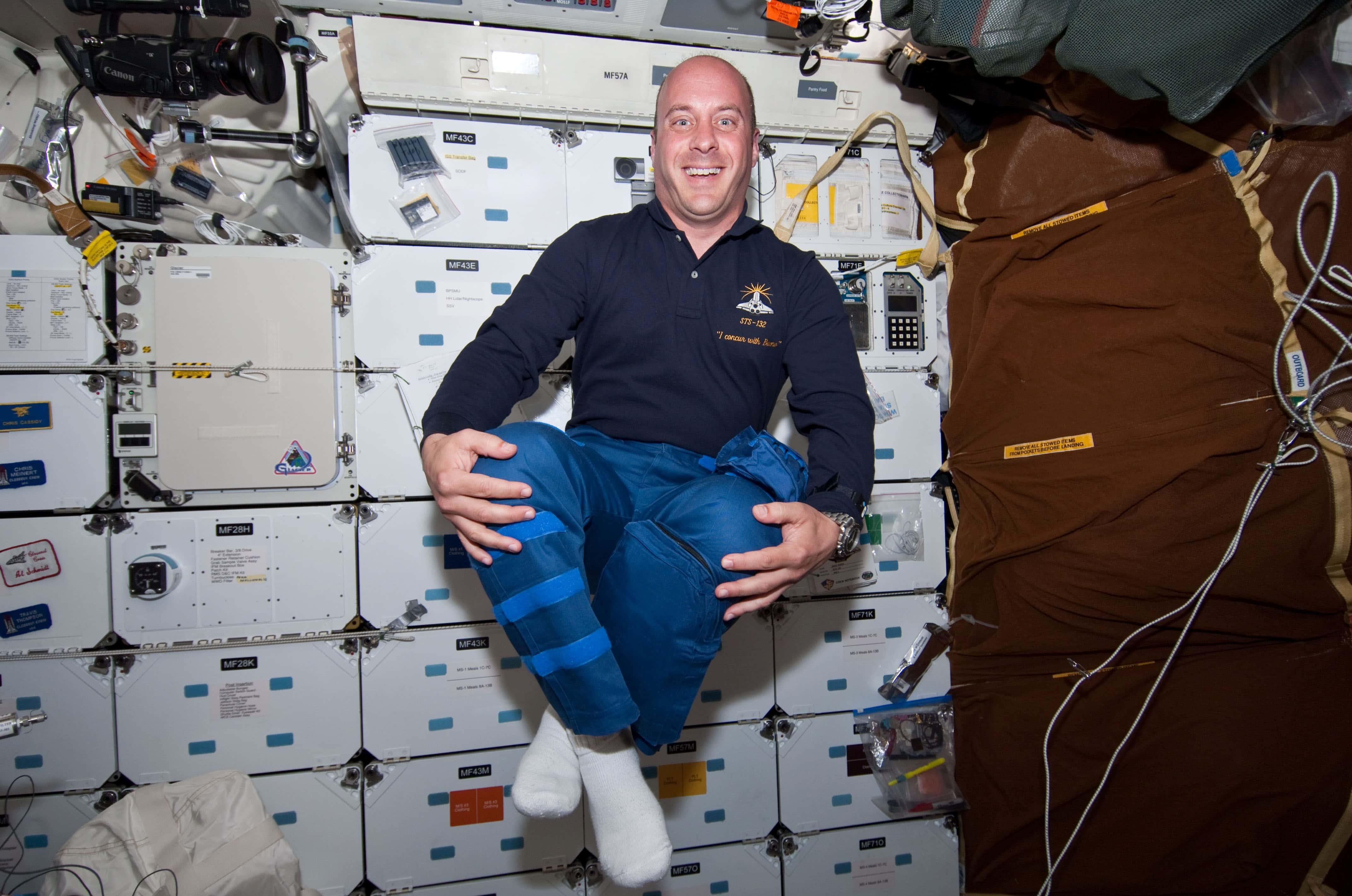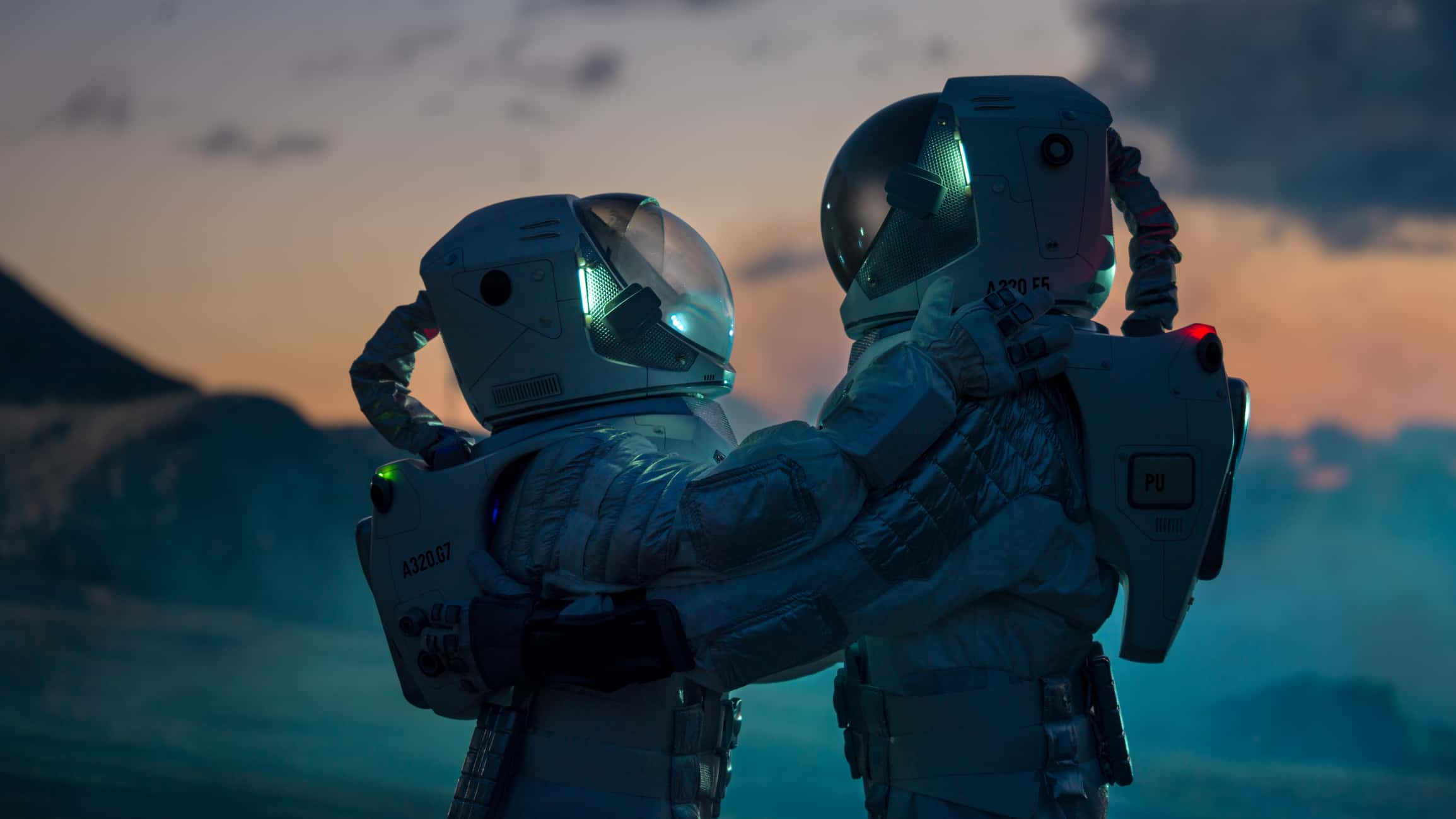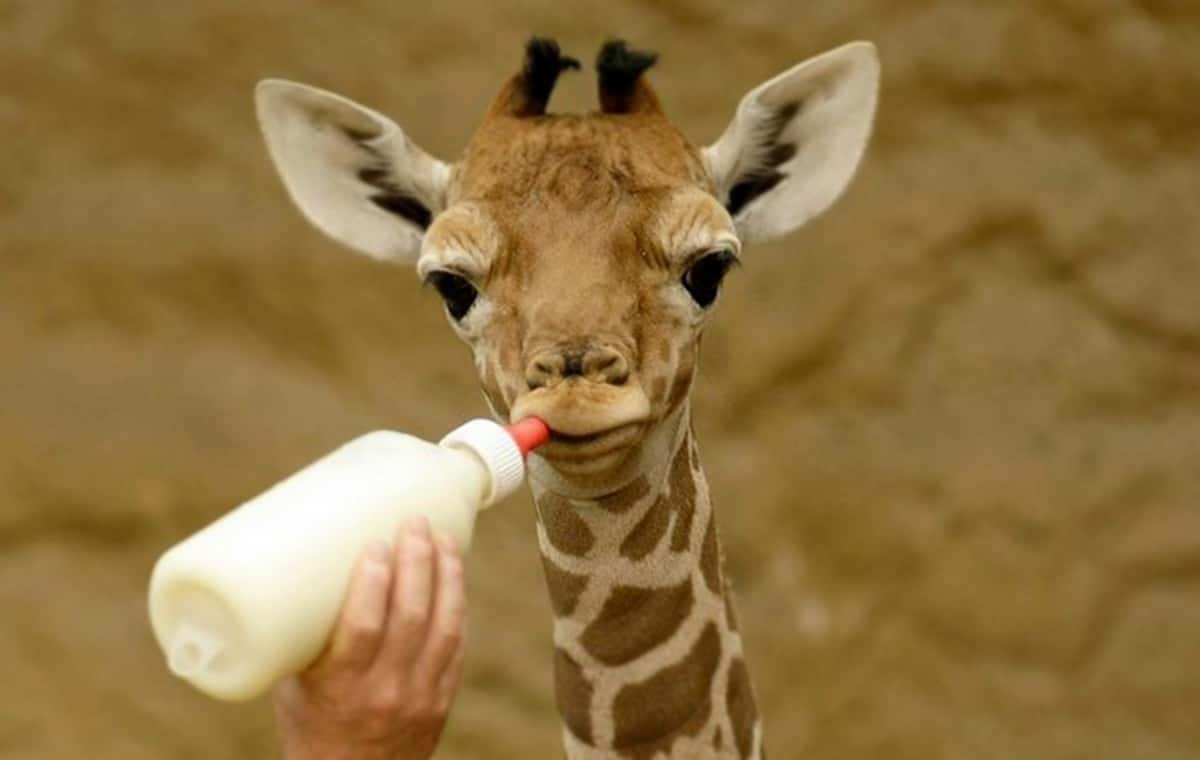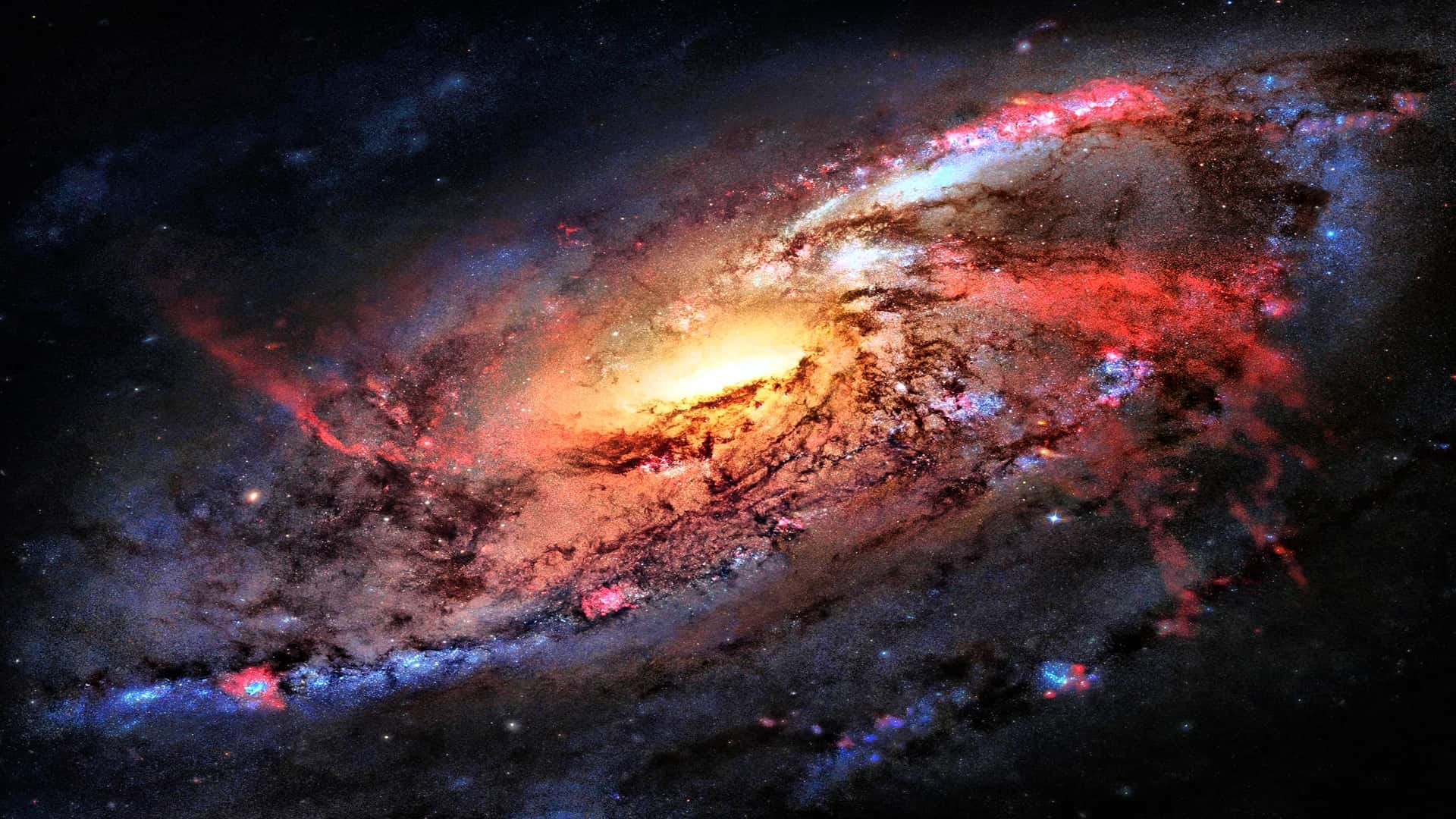The Weirdest Realities of Life in Space
From 2001: A Space Odyssey to Gravity, it’s clear that we are fascinated by space travel. But what is the reality like? From doing laundry in space to doing the deed without gravity, here are 21 unusual, yet intriguing facts about space exploration you probably didn't know.
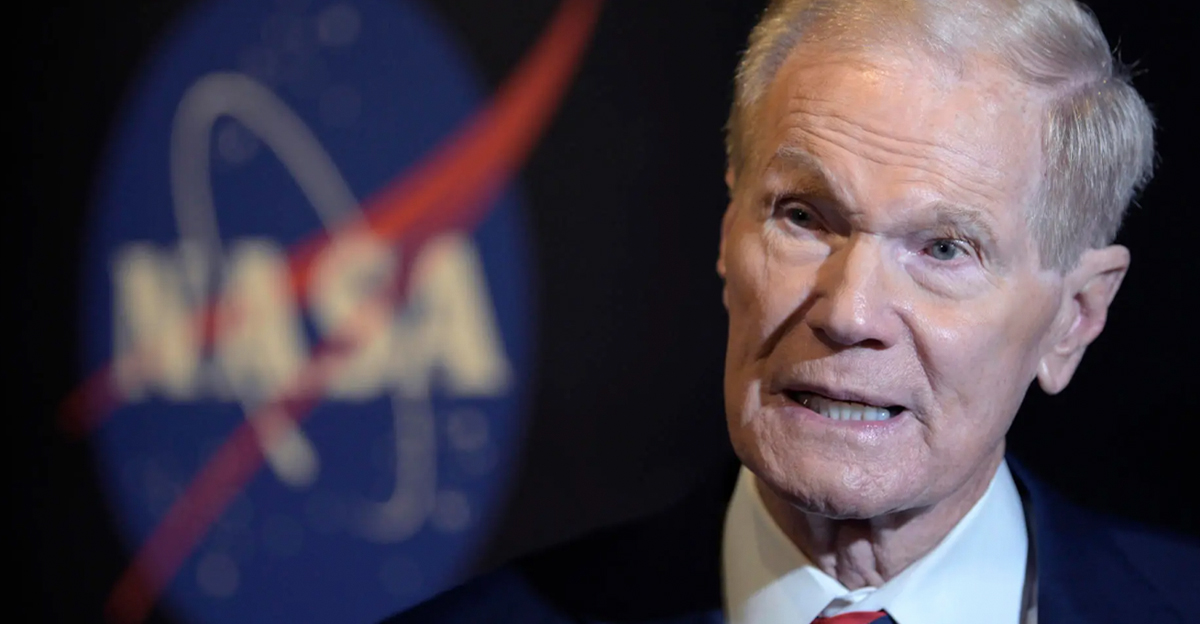
21. What’s In A Name
NASA, the American space agency, is an acronym that stands for National Aeronautics and Space Administration. NASA is responsible not only for missions to space, but also for research into aeronautics and aerospace.
20. Weighty Outfits
A spacesuit on its own weighs 280 pounds! It takes astronauts 45 minutes to put on a spacesuit.
19. Snoopy's Place In Space
The cartoon dog Snoopy has a surprising role in American space exploration: He’s the safety mascot for NASA. After the disastrous crash of Apollo 13, NASA approached Charles Schulz, the creator of the Peanuts characters, to request permission to use the character in their safety materials, and Schulz agreed. Ever since then, Snoopy has been a fixture of space safety.
18. A Space Holiday
The first tourist to fund his own visit space was Dennis Tito, an American engineer who paid to visit the International Space Station EP-1 in 2001. Tito reportedly payed around $20 000 000 for his holiday in space.
17. Breaking the Sound Barrier
The first rocket to fly faster than sound was the Bell X-1. It was captained by Charles E. Yeager, and achieved its record-making speed on Oct 14, 1947.
16. Space Sick Day
Being in space is hard on the human body. The majority of astronauts get sick relatively soon after going into space. One symptom? The same weightlessness that makes space travel look so cool can cause major problems for the human inner ear, which is what controls our sense of balance and movement. Weightlessness screws this sensation up, leading to feelings of disorientation that last two to three days.
15. Fuel Power
A rocket is really heavy, but although it might seem like the weight is because of all the things astronauts will need in space—food, tools, communications technology, and so on—the majority of a rocket’s weight on the launch pad is actually just the fuel. Of the 2,900 tons that made up the Saturn V rockets used in the Moon launches, 85% was fuel.
14. Leave a Mark
If you step on the Moon, those footprints will be there more or less indefinitely. The moon has none of the erosion that wind, water, and volcanic activity creates on Earth, so any marks left on the surface of the Moon are there for good. Unless, of course, a meteorite shower changes the entire surface of the spacerock—but otherwise, your space legacy is protected. Interested in more moon facts?

History's most fascinating stories and darkest secrets, delivered to your inbox daily.
13. Space Snooze
The weightlessness of space makes sleeping difficult. Astronauts have special space pajamas, a special space sleeping bag, and a space sleeping pod. The sleeping bag isn’t the kind we use on Earth: it has arm holes, and is attached to the cushioned wall in the space pod. This prevents the astronauts from floating away while they are asleep! No pillows are necessary: since there’s no gravity, astronauts don’t need any support for their necks.
12. Space Travel? No Thank You
If you suffer from astrophobia, space travel is probably your worst nightmare. Astrophobia is the fear of celestial objects.
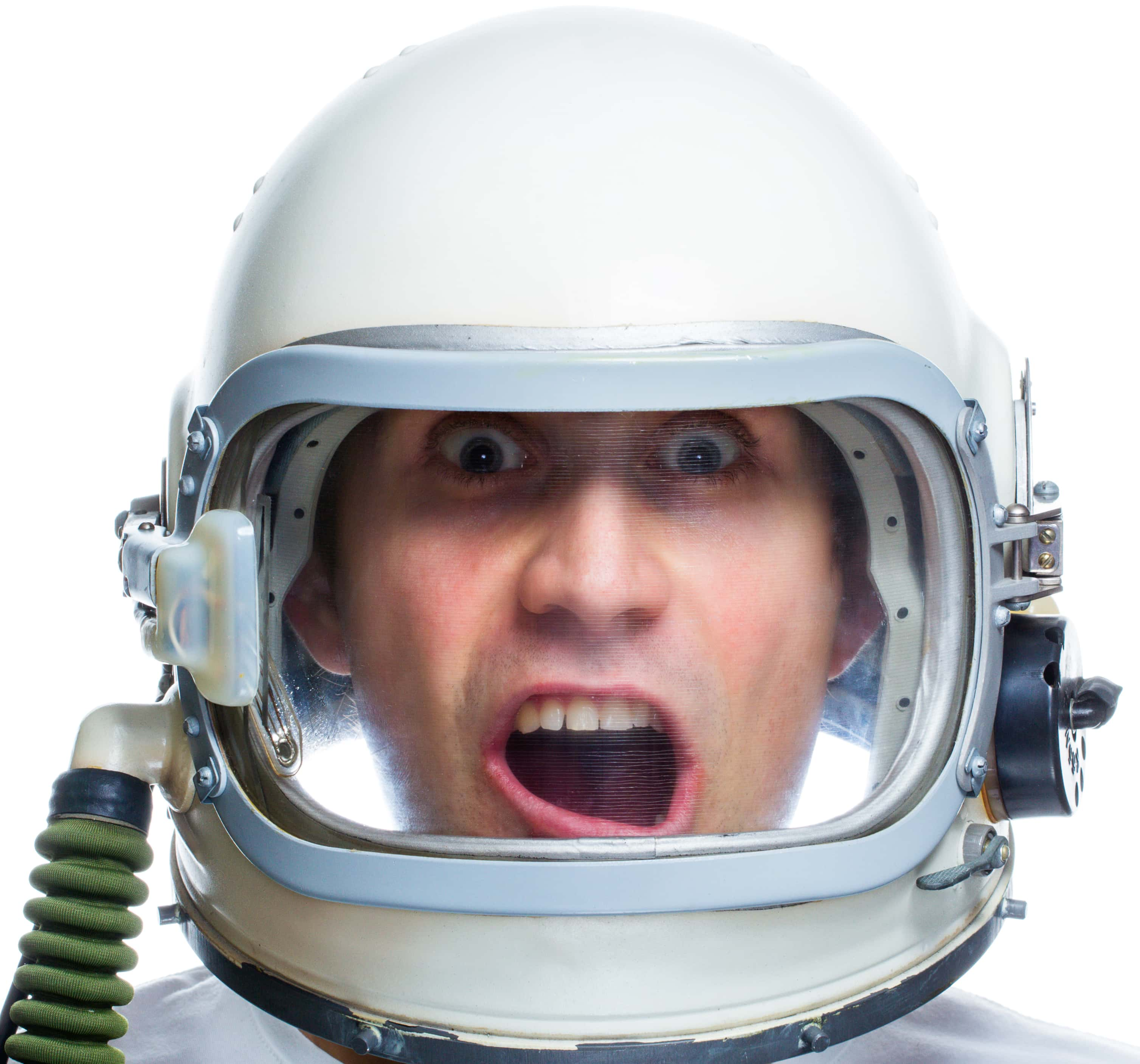 Getty Images
Getty Images
11. Space Beer
Even if you do suffer from astrophobia, you can still get a little taste of space travel. Japanese beermaker Sapporo is making a small number of bottles of special “space beer” made with barley grown at the International Space Station.
10. Space Sounds
In deep space, no one can hear you scream—but it’s already pretty loud. Voyager I, which left our solar system Aug 25, 2012, recorded some surprising sounds between October 2012 and May 2013. The sounds are called “interstellar plasma vibrations,” and they can be heard by human ears.
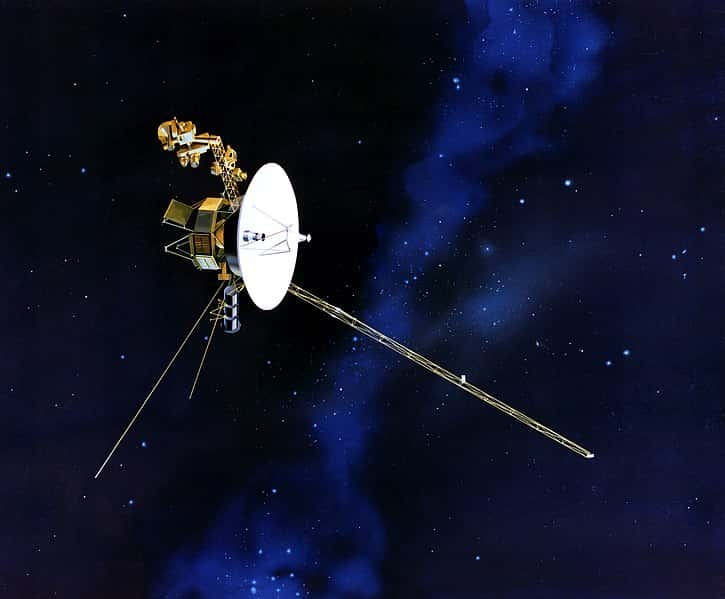 Wikipedia
Wikipedia
9. Hadfield Facts, Part 1
Canadian astronaut Chris Hadfield gained internet popularity for his frank, funny, and informative videos about the realities of living in space. One such fact: astronauts clipping their nails in space have to be careful not to let the nail clippings float away. As a result, all manicures must happen over an air duct.
8. Hadfield Facts, Part 2
Hadfield demonstrated the dangers of watching sad movies in space. Because there’s no gravity, tears don’t fall like they would on Earth. Instead, if an astronaut cries, the tears just stay there, and are a bit of a pain to clean up.
7. No Laundry Days
Astronauts don’t do laundry in space. Instead, they just wear their clothes until they are worn out, and then throw them away and get a new set. The cool thing? When the trash receptacle is full, its contents are released out the shuttle hatch—and astronauts' dirty socks are incinerated by the atmosphere.
6. Message From a Zucchini
There have been many different experiments done on growing different plants in space. In 2012, NASA sent zucchini seeds into space with astronaut Don Pettit. The zucchini did grow, and in fact it had its own blog—Pettit wrote updates about the zucchini’s progress from the perspective of the vegetable itself, which he uploaded to a blog on the NASA website. Near the end of the mission, Space Zucchini wrote “Our part of the mission is nearly complete and the new crew will take over for us. I am a bit worried about Broccoli, Sunflower, and me. If Gardener leaves, who will take care of us?”
5. Dream House
The International Space Station is the most expensive object ever created. It cost over $120 billion dollars, and is 109 meters long.
4. The Future Is Now
In the space-travel world, one of the biggest developments in recent years has been the rise of 3-D printers. Having a 3-D printer on board a space station allows space engineers to do things like print a replacement part for the ship within minutes. This seriously increases the capacity for space missions to be self-sustaining, which helps in long-distance treks.
3. Die-Hard Yankee Fan
Astronauts are allowed to bring a small number of personal items with them when they are in space. One astronaut, Garrett Reisman, is a huge fan of the baseball team the New York Yankees. His personal item on his space mission in 2008 was a vial of dirt from the pitcher’s mount in Yankee stadium, and he threw a ceremonial first pitch at the Yankees game in April 2008—from the International Space Station.
2. Doing The Dirty
NASA has been forced to address one question many times: "Has anyone made love in space?" Their official answer is "if they have, we don't know," but the truth is that they likely would know if anyone had done the dirty on a space shuttle, unless the rest of the crew was very tight-lipped.
Space shuttles, which are about the size of a 737, offer very little privacy. The crew cabin and middeck are no bigger than small offices, and the bathroom is basically a seat with a curtain. There isn't a single closed room where a couple could retreat.
The Space Station, on the other hand, is a better bet. It's typically manned by only a three-person crew, and they generally split up to sleep. On board the Space Station, two astronauts bed down in tiny crew cabins at one end of the station, while the third jumps into a special space sleeping bag at the other end of the station. The crew also gets time off on weekends, when they can watch movies, read, and basically do whatever it is they want to do.
So technically, there is some privacy up there. But has it happened? Perhaps the best candidates are training-camp sweethearts Jan Davis and Mark Lee, who married shortly before they went to space together in 1991. They have both refused to answer questions about intimacy in space. Sadly, we're left in NASA's official position: if it happened, we don't know about it.
But would it be good anyway? New research suggests probably not. Zero gravity can induce nausea, and there's nothing sexy about vomiting mid hanky panky. Astronauts also perspire in flight. A lot. So zero-gravity intimacy would likely be surrounded by tiny floating droplets of sweat. The real kicker? People experience lower blood pressure in space, and this means it may be challenging for men to... well, you know.
1. Giraffes in Space
One of the biggest challenges for space research has been accommodating the human body in a dramatically different environment, and then re-accommodating that same body when the astronaut returns to earth. The lack of gravity can cause blood vessels to thin while the astronaut is in space, which can lead to significant health problems when the space traveler re-enters Earth’s atmosphere. To solve this problem, scientists turned to a surprising source: baby giraffes. When a baby giraffe is born, its body—not unlike those of astronauts—has to rapidly adjust to from a weightless atmosphere in the womb to a world with gravitational pull. Baby giraffes respond to this by thickening the blood vessels in their legs, which allows them to walk within an hour of being born despite this change in environment. Studying these baby giraffes helped scientists to develop the “Lower Body Negative Pressure Device,” which applies “negative pressure” to the lower bodies and helps re-acclimatize returning astronauts.
You May Also Like:
The Vanguard Rocket: America's Failed First Step Into Space
Apollo 13, The Disaster In Space
Out-Of-This-World Facts About SpaceX
Sources: 1, 2, 3, 4, 5, 6, 7, 8, 9, 10, 11, 12, 13, 14, 15, 16, 17, 18, 19

